Primary Play Decor Ideas: Smart and Joyful Spaces
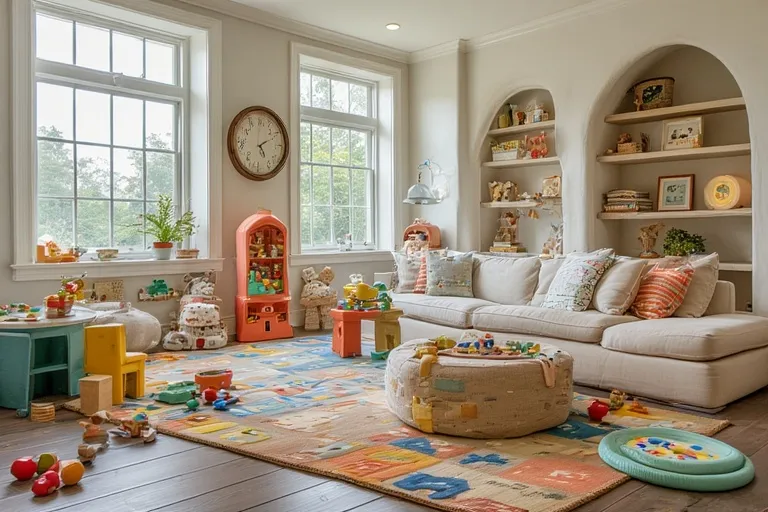
Primary play decor ideas help turn any space into a fun, engaging, and educational environment for children. Combining bright colors, creative elements, and practical solutions, these design tips ensure that playrooms are both beautiful and functional. Whether you have a dedicated playroom or a cozy corner, thoughtful decor choices can inspire imagination, learning, and endless joy.
The Importance of a Well-Designed Play Space
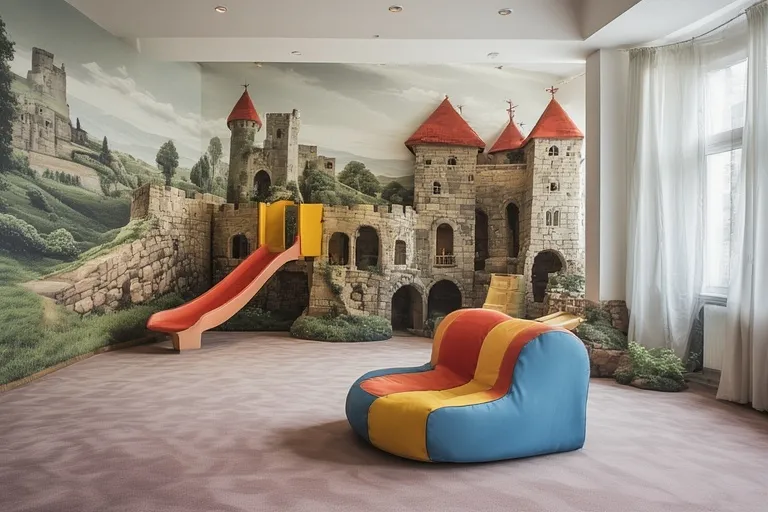
A well-designed play space can boost a child’s development by providing an environment that promotes creativity, focus, and physical activity. When children have a space designed just for them, they naturally become more independent, imaginative, and confident.
Playroom decor isn’t just about looks—it’s about functionality. Every element, from storage to lighting, contributes to the room’s overall purpose. A well-thought-out design ensures that children have easy access to toys, plenty of room to move, and a safe, stimulating environment. You have to look terra futura sustainable design
Choosing the Right Colors for Your Playroom
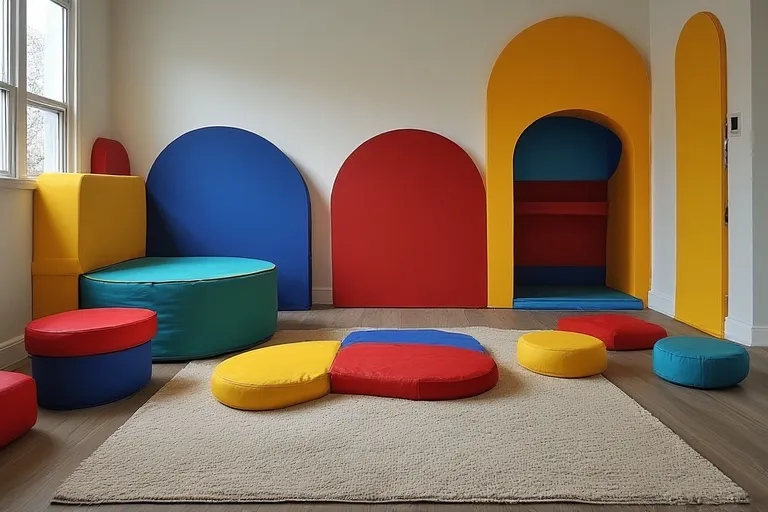
Color is one of the most important aspects of playroom decor. Bright, bold hues energize the space and encourage creativity, while softer shades can help maintain a sense of calm and balance.
Here are a few combinations that work beautifully in kids’ play areas:
- Primary colors (red, blue, yellow): Great for stimulating creativity and focus.
- Pastel tones: Perfect for creating a calm, cozy atmosphere.
- Neutral base with colorful accents: Keeps the room timeless as your child grows.
Pro tip: Use color strategically—paint one accent wall with a bold shade while keeping the rest neutral. This makes the room vibrant without being overwhelming.
Incorporating Educational Elements
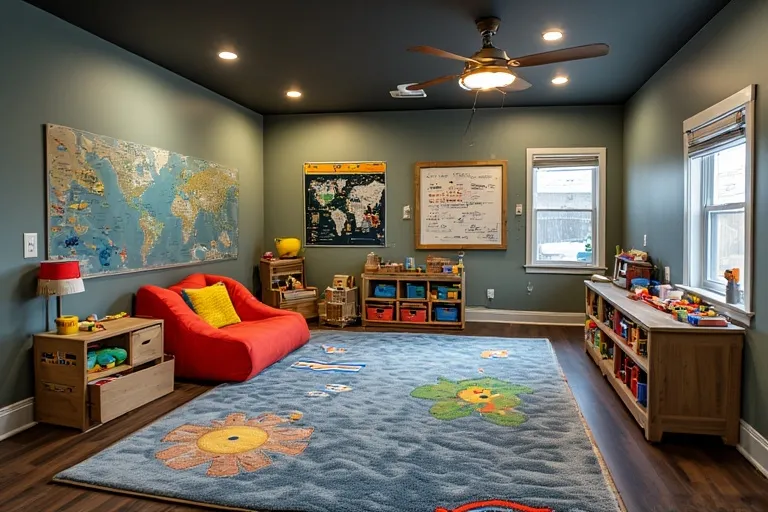
The best playrooms seamlessly blend fun and learning. Consider incorporating educational features like:
- Alphabet or number wall decals to encourage early literacy and numeracy.
- Maps or world posters for geography learning.
- Chalkboards or whiteboards for doodling and problem-solving.
- Interactive art displays where children can showcase their creations.
These elements spark curiosity and make the space more engaging.
Storage Solutions That Encourage Independence
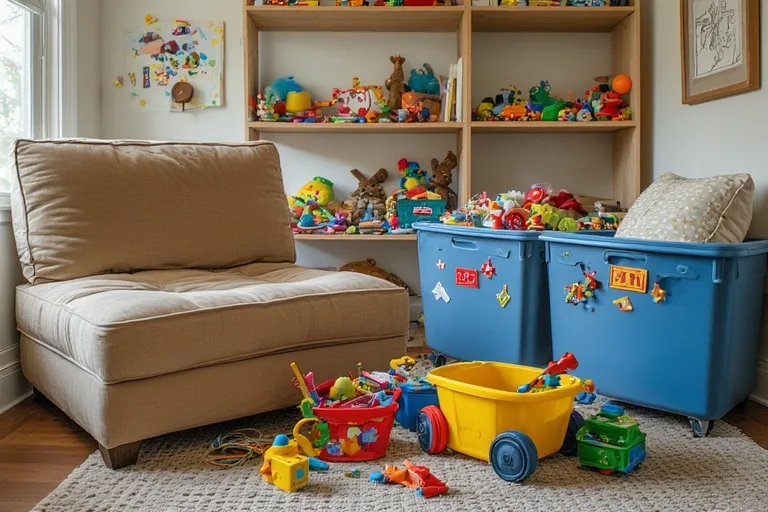
A clutter-free play area helps children focus and enjoy their time better. Smart storage solutions not only make cleanup easier but also teach kids responsibility.
Try these practical ideas:
- Open shelving: Makes toys visible and accessible.
- Labeled bins: Help children learn organization skills.
- Multi-purpose furniture: Ottomans and benches that double as storage.
- Rolling carts: Great for art supplies or small toys.
Encourage your child to participate in organizing—this builds independence and pride in their space.
Adding Creative Zones for Different Activities
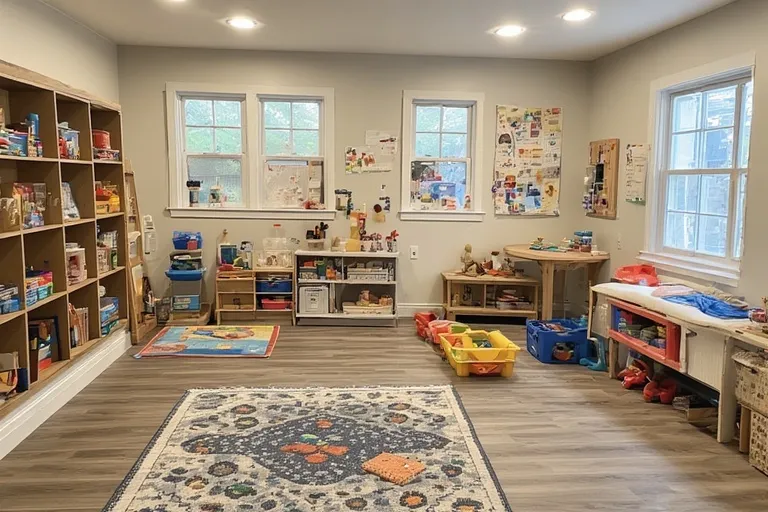
A versatile playroom should have multiple activity zones to keep kids engaged. Here are some examples:
- Art corner: Stocked with craft supplies, easels, and washable surfaces.
- Reading nook: A cozy corner with soft cushions, a rug, and a small bookshelf.
- Building area: A sturdy table for blocks, LEGO, or puzzles.
- Pretend play zone: A mini kitchen, dress-up rack, or puppet theater.
Zoning helps children understand that every activity has its own space, which promotes organization and focus.
Primary Play Decor Ideas for Small Spaces
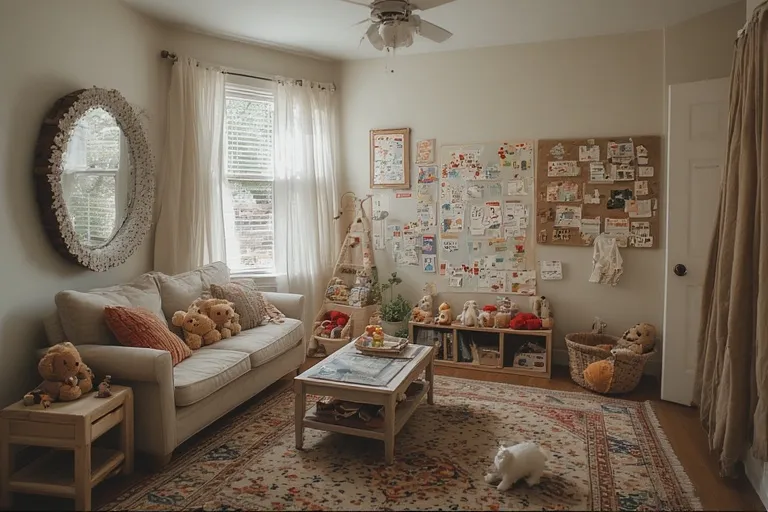
Even if you don’t have a full room to dedicate, you can still create a magical play area in a corner of your living room or bedroom.
Tips for small spaces:
- Use vertical storage to save floor space.
- Choose foldable or stackable furniture for flexibility.
- Incorporate wall-mounted activity boards.
- Use rugs to visually separate the play area from other spaces.
A compact, well-organized play zone can still provide endless fun and creativity.
Lighting and Safety Considerations
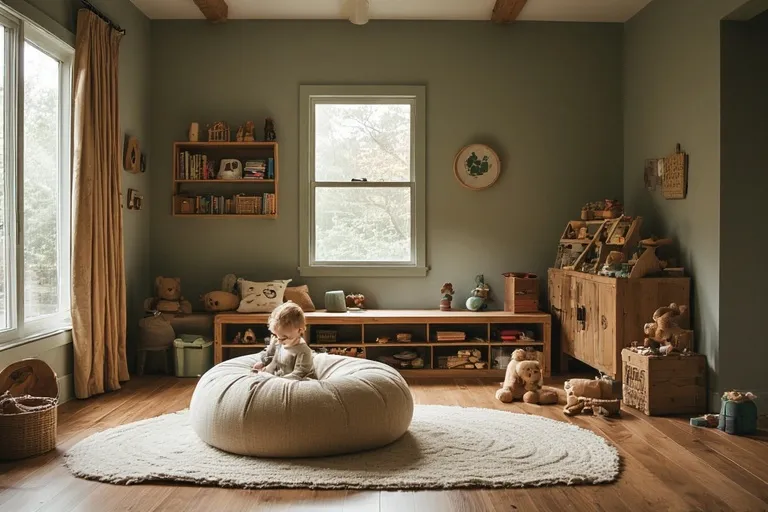
Lighting can transform a playroom’s mood. Natural light is best—it makes the space brighter and boosts mood. Add soft ambient lighting for cozy evenings, and task lighting for reading or art areas.
Safety, of course, should always come first. Make sure furniture has rounded edges, toys are stored securely, and small objects are kept out of reach for younger children. Non-slip rugs and soft mats add comfort and protection.
Incorporating Nature and Sensory Play
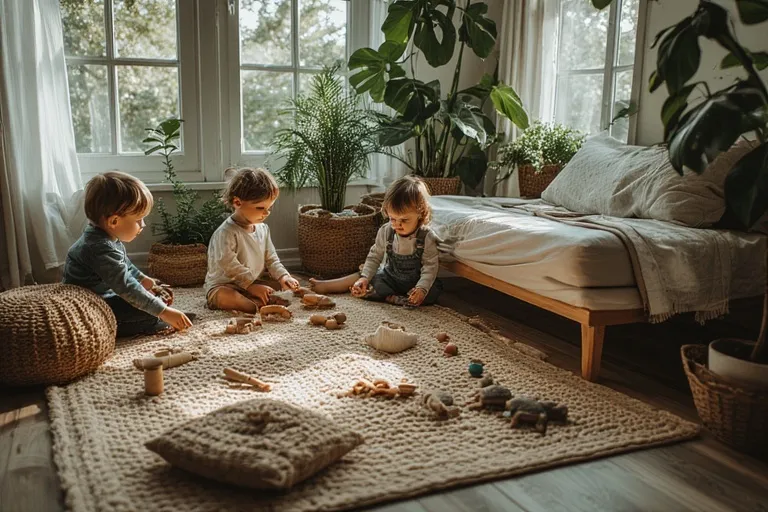
Children thrive when they can connect with nature and explore different textures. Bring the outdoors inside by using natural materials like wood, cotton, and wicker. Add plants (non-toxic ones) to freshen the air and teach kids about responsibility.
Sensory play items—like textured mats, kinetic sand tables, or sensory bins—help improve motor skills and concentration while making playtime more engaging.
Personalizing the Space
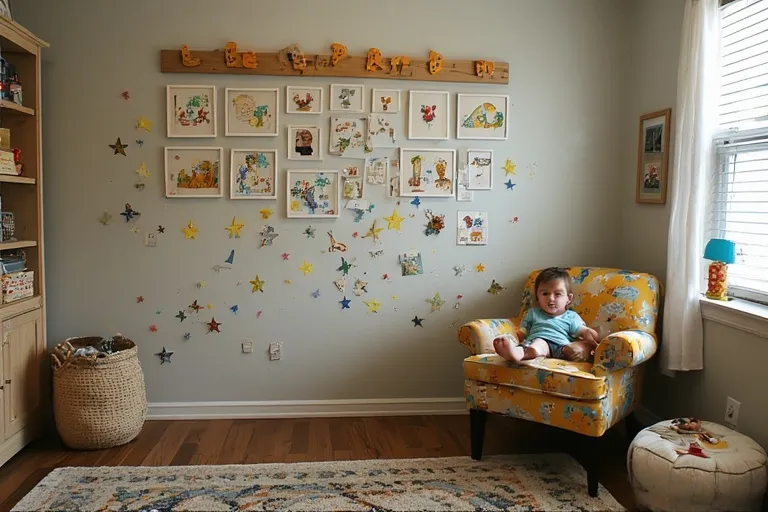
Every child is unique, so their playroom should reflect their personality. You can personalize the decor by:
- Displaying their artwork on walls.
- Adding their name in wooden letters or wall decals.
- Choosing themes based on their interests—space, jungle, fairy tales, etc.
- Including family photos or memory boards to make the space feel warm and personal.
These personal touches make the playroom a special place your child will love spending time in.
Sustainable and Budget-Friendly Decor Tips
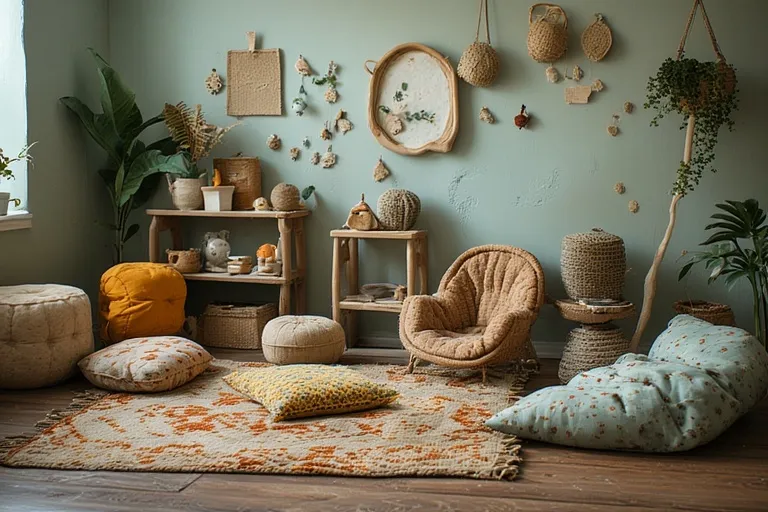
You don’t need a huge budget to design a beautiful play space. Use DIY projects and upcycled materials to add charm while staying eco-friendly. For example:
- Repurpose old furniture with a fresh coat of paint.
- Use leftover fabric to make soft toys or wall hangings.
- Choose non-toxic paints and eco-friendly materials for a safe environment.
Sustainability not only benefits the planet but also teaches kids to value creativity and resourcefulness.
The Role of Technology in Modern Playrooms
Modern play areas often blend traditional play with digital learning. Add a small tech corner with tablets or computers equipped with educational apps—but balance screen time with hands-on activities.
Use smart storage solutions with charging stations to keep devices organized and safe. The key is moderation—technology should support creativity, not replace it.
Conclusion
Primary play decor ideas aren’t just about style—they’re about creating a space that fosters imagination, learning, and joy. By combining color, functionality, safety, and personalization, you can design a play area where your child feels happy, confident, and inspired every day. A thoughtful playroom setup grows with your child, adapting to their evolving interests while remaining a place filled with laughter and creativity.
Q1: What are primary play decor ideas?
Primary play decor ideas are creative ways to design fun, educational, and organized kids’ play spaces.
Q2: How do I make a small play area look bigger?
Use vertical storage, light colors, and multipurpose furniture to maximize space.
Q3: What colors work best in a playroom?
Bright primary colors with neutral accents create a cheerful and balanced environment.
Q4: How can I keep the playroom organized?
Use labeled bins, open shelves, and multi-use furniture for easy organization.
Q5: What’s the safest way to decorate a child’s playroom?
Choose non-toxic materials, rounded furniture edges, and secure heavy items to the wall.

One Comment